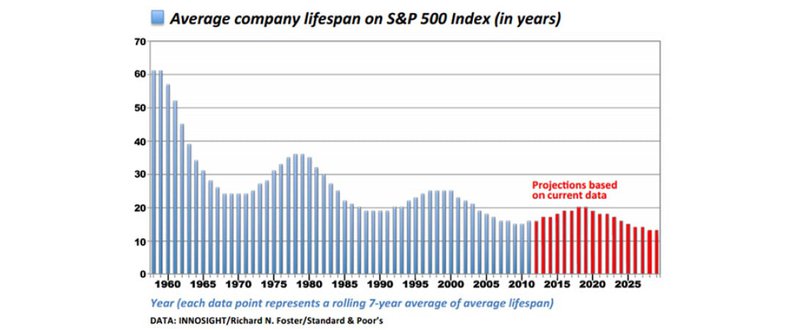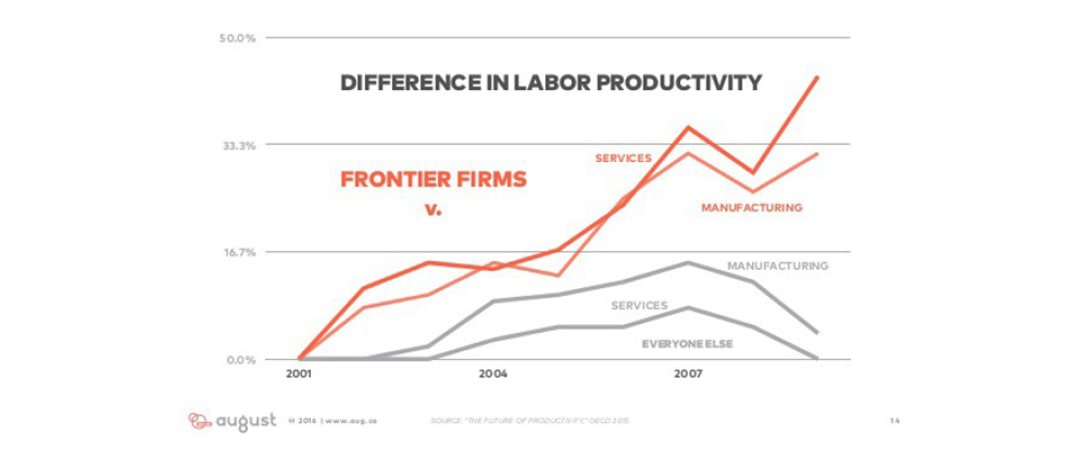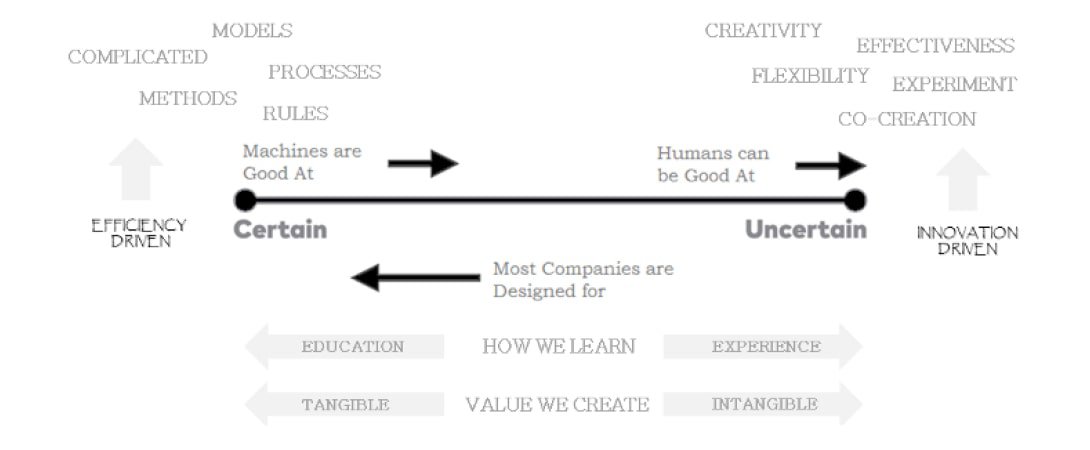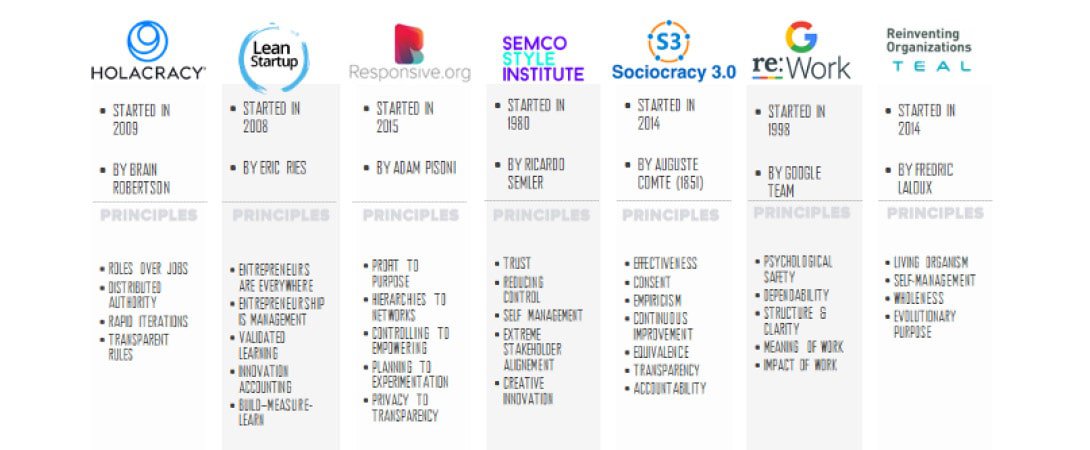The Next Generation Organizations – Part 1
23.07.2019 | Soumyasanto Sen

Frederic Laloux in his Reinventing Organizations mentioned that through the centuries, organizations have made major contributions to humanity’s betterment, including extending life spans, eliminating deadly diseases, making education available, and developing remarkable products and services that improve life and make it more enjoyable. Now organizations dominate the way human society is structured.
The reality for most people inside most organizations today is that work doesn’t work. The way we’re organized makes it harder for us to do our work instead of easier. The way decisions are made slows things down when it should be speeding things up. And the way we collaborate and communicate with our teams makes us feel like we’d be better off working by ourselves than working together.
A Gallup global survey of employee engagement found that only 13% of employees are actually engaged at work. 63% are not engaged, and a shocking 24% are actively disengaged.
In 1958 the average lifespan of a company on the S&P 500 was over 60 years. Meaning once you made it on there; you could expect a good long run of prosperity. Today the average lifespan is just 15 years and it is keep falling.

According to August, most companies just can’t squeeze any more productivity out of their firms. A recent study found that there is a small select group of “frontier” firms that have figured out how to unlock exponential productivity compared to everyone else.

We now live in a world that is defined by exponential change. This exponential change is driven — not exclusively — but more than anything else by technological innovation.
The difference between these companies that are acquiring all the benefits of this new world is that the way they work is fundamentally different.
Unlike these successful companies, most companies today are still using an obsolete operating model that was designed over 100 years ago for a world that no longer exists.
On the other hand, one could succeed by working toward a clear and specific and usually profit-driven collective purpose. And all of this worked really well in a time when it was possible and advantageous to try to predict the future. This model worked really well when it was possible and useful to try to be certain about what was going to happen next.
This difference between optimizing for certainty vs. optimizing for uncertainty is at the core of what separates successful organizations from everyone else.

It’s no surprise then that most companies are finding it harder and harder to create any unique value at this end of the spectrum. Machines create exponential value, and very quickly those new technologies are available to everyone, preventing any one company from gaining a unique advantage.
Meanwhile, human beings are really good at the least routine, most complex, most collaborative, most creative work. And we’re much better than computers at this stuff. This is the stuff that’s really hard for computers.
And this is where teams and organizations of human beings working together toward a shared goal can create massive value.
This is where the world-changing happens. But, sadly, most organizations that we work inside of are optimized for certainty, when they should be optimized for uncertainty. Change is coming at us with the greatest velocity in human history.
"But, sadly, most organizations that we work inside of are optimized for certainty, when they should be optimized for uncertainty. Change is coming at us with the greatest velocity in human history."
Technology is accelerating the pace of business at unthinkable speeds, so much so that the job you have today is changing as quickly as you read this page. If we can barely imagine one second’s worth digital deluge, how will we get our heads around the stunningly different future of work. Because, to be clear, the team you lead and job you have today — if they exist at all — will be very different in 18 to 24 months.
Your ability to empower people to contribute no matter who they are or where they are, and to break the limits hierarchy, functional silos, cultural norms, and even the organization itself.
The Drift
Work is changing. So much so, there aren’t even good words to describe where it’s headed yet.
According to LeadWise, work is becoming more centered on people instead of mechanistic systems. What does this mean? Basically, the people that work at/with a company will be more able to bring their full selves to work, instead of having to wear masks to fit into traditional corporate models.
These are People-Centric Management. These models aren’t monolithic in nature. While they share philosophical similarities, their main styles propose tools and paths to suit different organizations. The opportunity lies in adapting a more people-centric management style to your existing context. As a collaborative style of management, they often leads to a culture shift reframing value systems to include transparency, self-management, creativity as well as personal and professional growth.
By using these principles, these organizations have created systemic change in their teams, focusing on the core beliefs of people-centric management. These include enhanced employee engagement, optimized productivity through innovation and reframing control to the collective instead of a hierarchy.
Take a look at how these movements around the world are rewriting corporate narratives by putting teams first. These movements are taking us towards the next generation organizations.

Most of them shares common traits and values and these are all related and overlapping practices, and they are all part of a much bigger and lasting shift in the way we work.
The people, who work inside these organizations, will insist that things change. And that the organizations who embrace the change will thrive. And those that either resist it or ignore it, will die. But there’s a way to change that by harnessing open learning networks to pursue a purpose beyond your bottom line.
The organizations that embrace this shift are starting a revolution that will change the lives of hundreds of millions of workers and ultimately will change the world. Rather than learning with certainty, we believe the greatest opportunity rests with those who embrace “learning uncertainty”. Learning uncertainty is the agency and agile mindset that empowers now and future generations to thrive in a rapidly shifting economy that shifts from one set of known experiences to another at break neck pace.
The most exciting breakthroughs of the twenty-first century will not occur because of technology, but because of an expanding concept of what it means to be human.
You´ll finde more details of this movement in Part 2 of this article.
See also medium.com

